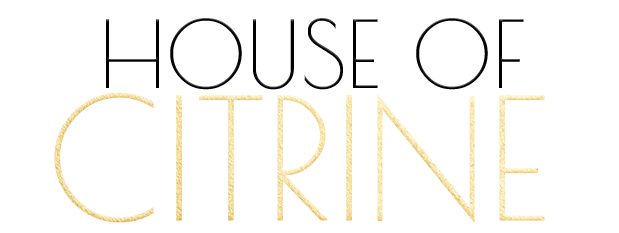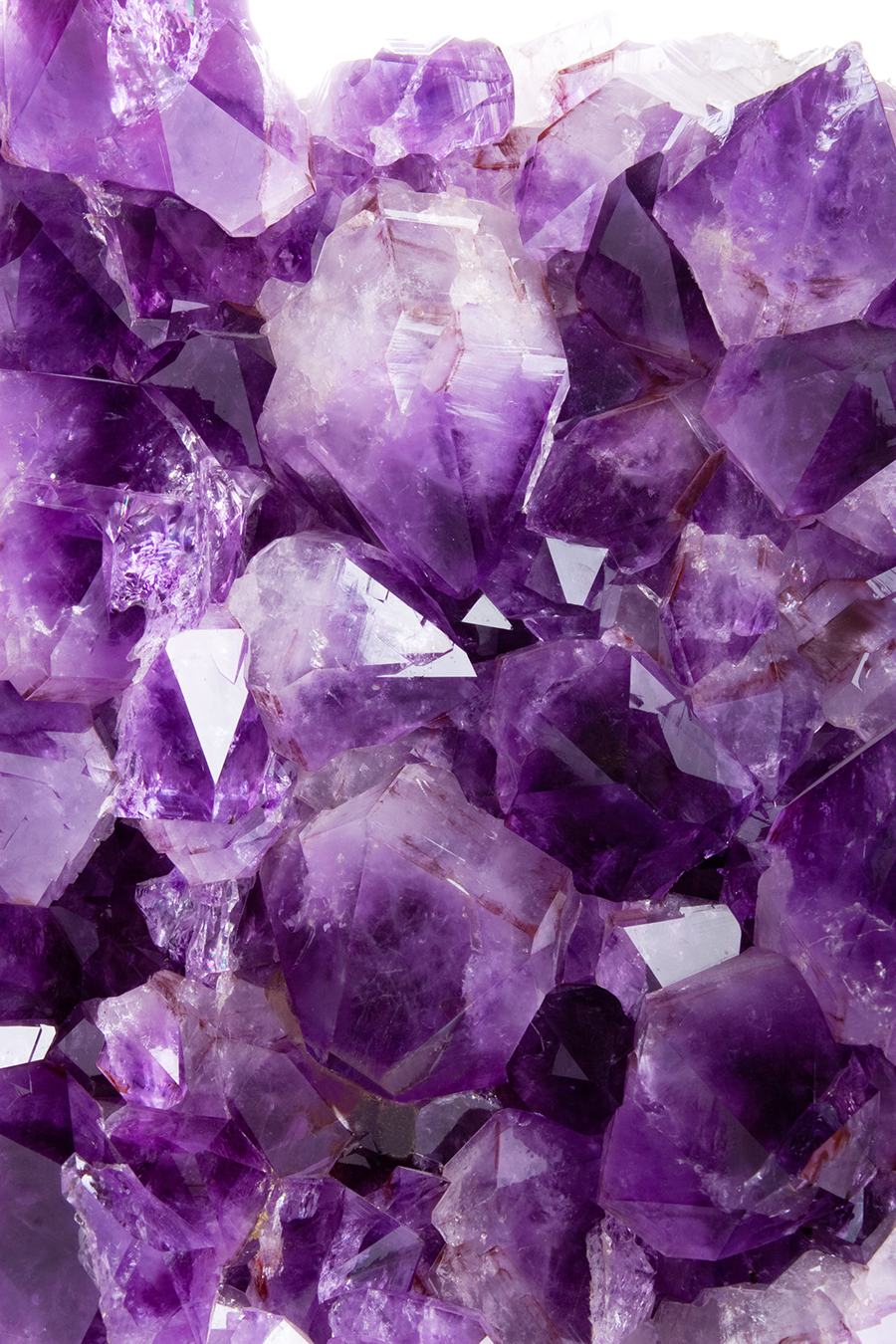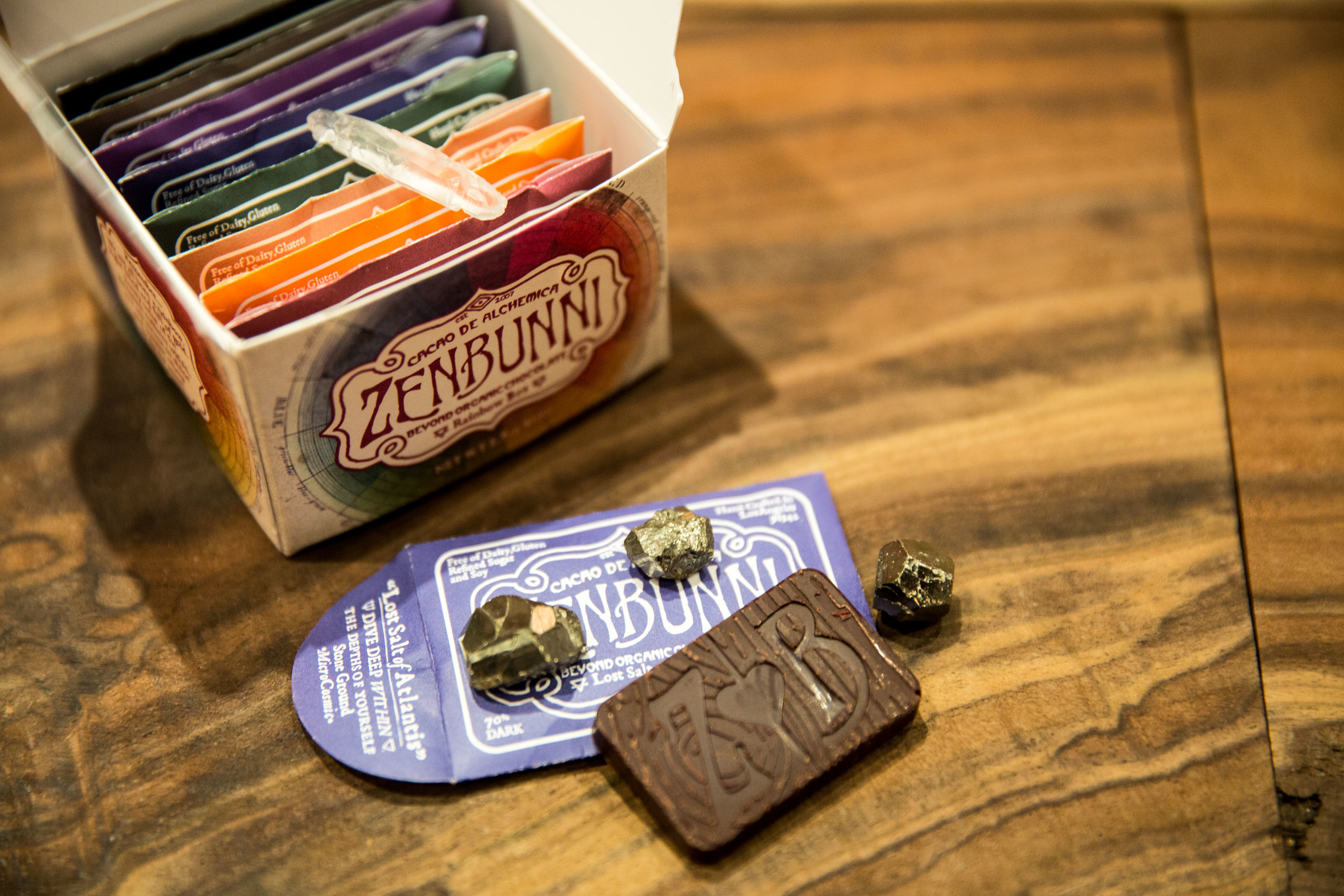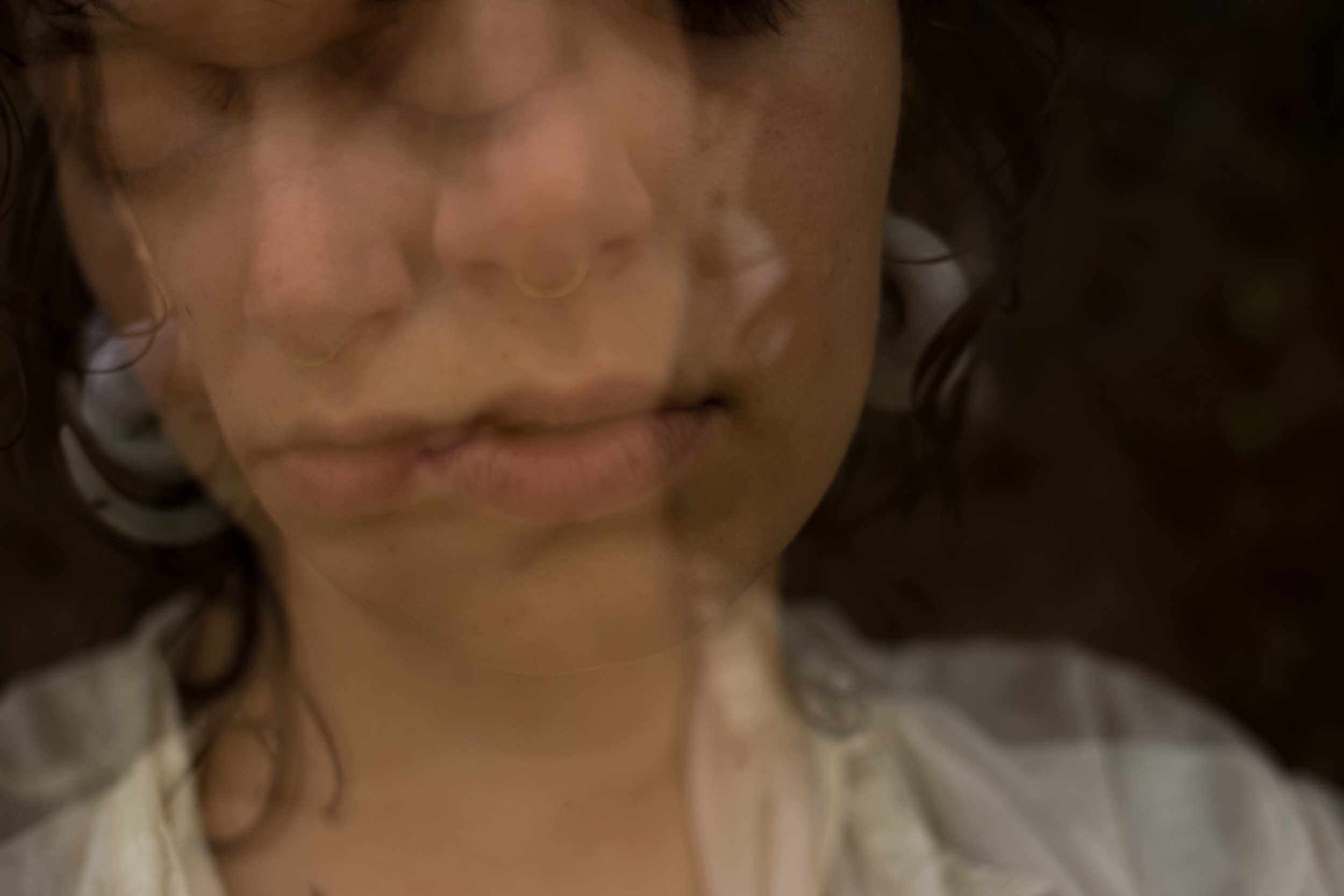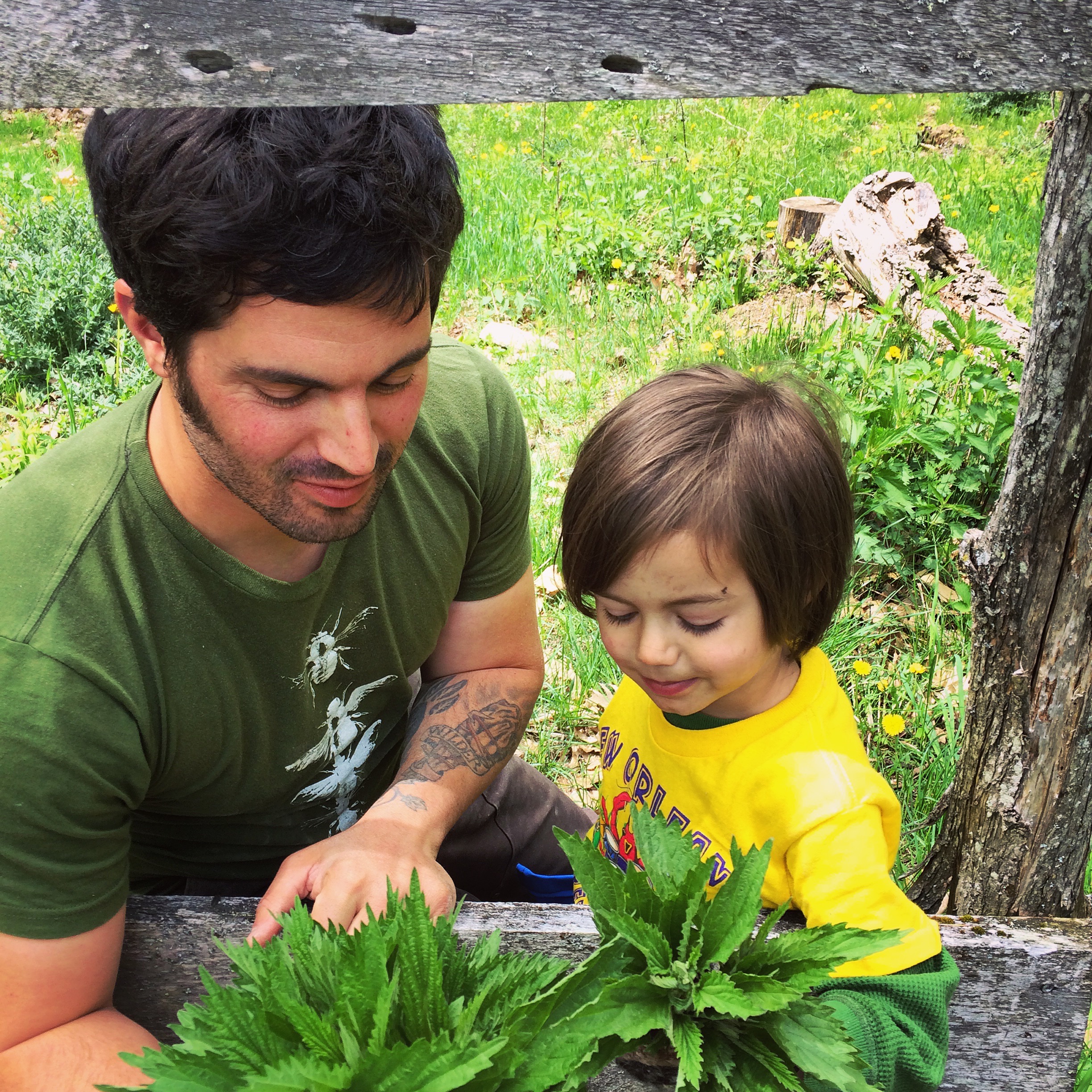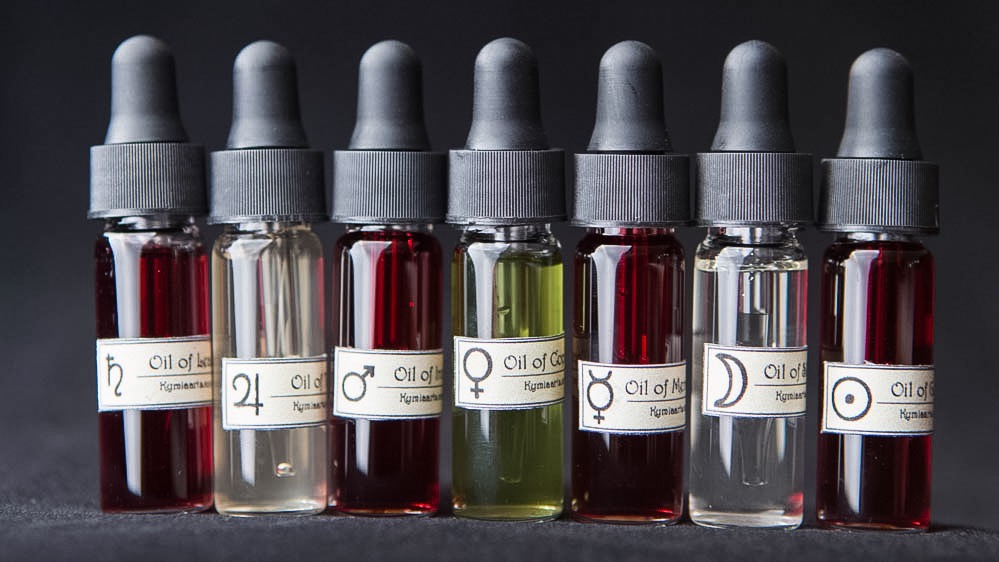Victoria is an artist and environmentalist connecting culture, craft, and sustainability with indigo dyeing. She creates work that has vision yet spontaneity, bridging cultural gaps, and influenced by the rituals and techniques of artistic history. She speaks with us about her passion for the skilled craft of indigo dyeing and how it reflects the history, living art, and sustainability she cares deeply about.
1. How did you get inspired to use indigo dye?
I was introduced to Indigo while living in Australia. It was something I had briefly seen floating around my sphere, but I hadn’t actually tuned into it yet at a level of deep comprehension. Because I come from an artist and fashion design background, I had been exposed to a lot of unsustainable practices in the industry (mainly fashion), and as my love grew towards care-taking for our earth, understanding what we will be leaving behind for the generations to come, and what is important right now to protect, somehow Indigo Dyeing made it’s way into my life by a man named Aboubakar Fofana. He is a master dyer from West Africa and has traveled the world sharing his tradition of natural and Indigo dyeing, the latter in which he revived as it was nearly lost due to industrialization. He has an incredible amount of experience, strong technique, and even stronger cultural and traditional ties to this ancient dyeing process. I was inspired immediately and ever since I have learned skills from him, it continues to inspire me daily and urges me to go deeper. There is a lot of knowledge with this craft, and switching my designs and artistry towards sustainability has become the focal point in what I’m sharing.
2. What is indigo dye exactly?
Indigo dye is actually a plant pigment. It is extracted from the Indigo Plant leaf and requires certain chemical reactions with other agents to create the beautiful blue hues you see. There are hundreds of different species of Indigo plants, all unique to their respective region, and each region has a specific way of extracting the pigment. Firstly, you will have a blue pigment that won’t bind straight away to fabric until you introduce other agents to help it become useful for dyeing. Once these agents are introduced (there are many ways to create an Indigo vat) then you have a green solution that is created by these al-chemical reactions, and so one must wonder, “How do you go from a green solution to a finished blue fabric?" Oxygen. Once the fabric is removed from the dye vats, and oxygen is introduced, the solution on the fabric begins to turn from green to blue before your eyes, and once oxidized fully, the fabric then turns into a gorgeous hue of blue. This is why they say the ‘alchemy’ of Indigo because it truly is magic.
3. Why is it so rare?
Indigo dye was once rare many generations ago, and as it became more well known and traded around the world, it was readily available, even now in present day it is somewhat easy to obtain. There are hundreds of species of the Indigo plant. However, the color BLUE is rare in nature and one that is considered a precious color because not many plants produce a type of blue the way Indigo does. Woad was once used, but it swiftly became secondary to the ‘Queen Plant’ Indigo.
4. How is the indigo medicinal?
Indigo has natural anti-microbial properties in it, which makes it very useful for any natural fiber clothing close to the skin, to sensitive areas of the body, for babies, for workwear such as denim. It was also used as somewhat of a ‘tincture’ or a tea with certain cultures around the world. Because it has such a deep and rich history, there is quite a lot of information on the specifics of how it’s been used for other than it’s dye. I am endlessly interested to learn about its other various uses, and through my journey on this indigo road, I am beginning to find the knowledge of these traditions. I am always inspired and fascinated by humanity's relationship to the plant kingdom. Also, when we look at Indigo blue or dye with it, it is said to promote peace and intuition - for me, this is one of the most important medicinal properties it offers us.
5. Why aren’t more people using indigo dye?
Many people do use indigo dye, but because the process requires a lot of time, work, and patience, many have moved towards synthetic dyeing which is a lot quicker, producing results that are not as natural as an organic indigo dye vat. Patience is key and is so rewarding with the natural indigo dyeing process, and because we do live in a world that encourages a fast-paced way of living, our global fashion industry reflects that with synthetic or processed clothing. Many indigo traditions have been lost because of the synthetic indigo industry. Not only is the process of synthetic dyeing harsh for the environment (there are numerous chemicals used), but the results of the dye on fabric are not as lustrous as an organic dye vat, and the indigo tends to bleed or fade. That is one way of telling it is synthetic, it will not be colorfast. Indigo dyed through a natural process, done correctly, is completely colorfast and actually will ‘outlast’ the fabric - meaning the fabric can disintegrate first and the color will have actually stayed! I hope through sharing this artisan skill I can inspire and encourage people to consider switching towards sustainable textiles - it is just simply better for our planet, keeps cultures and traditions alive and intact, and empowers people to create their own pathway on how they want to leave their footprint while walking on this earth.
6. What is your creative process?
An idea comes to mind, the first in situ of inspiration. Then it’s intention setting for guidance on creating what wants to come through. Then music. LOTS of great music. A clear space to move around in, generally a private space, outdoors, with access to sunshine and water. And then I let it FLOW. Create as I go, maintain the vision of what I would like it to look like, and many times I completely just allow it to be whatever it wants to be. That’s the beauty of design - it is not always planned and what emerges will always be a work of art. Art in motion. Everyday. Every moment.
7. Do you have a mantra or meditation process while you’re dyeing?
BREATHE. Go slow. Patience…. always. I am always reminding myself of this.
8. Who are you inspired by?
Definitely by Aboubakar, first and foremost. Culture keepers. Frida Kahlo, and mostly any strong woman. Several of my fellow artist & musician friends. Also environmental heroes/heroines and activists - anyone that stands for the protection of our planet. The list is too long to name them all, I just deeply appreciate what people do to keep this planet alive and thriving, and I feel very passionate about this subject. I think I will always be an environmental activist in my heart, but more importantly, a CARETAKER for the Earth, in whatever form that comes out. Artwork and words are my expression for now.
9. What are some of your rituals when you’re in your groove while dyeing?
Being with nature, breathing, listening, staying present. That’s the indigo groove for me! The whole act of Indigo dyeing is a ritual, every part matters, every part is a sacred piece for the story.
10. Is it difficult to source the indigo?
Indigo can be found through various sources from anywhere in the world. There are so many options, one easy way is to source the pigment. The leaves may be a bit more challenging to source as I know certain places can take a while to receive the leaves, but preferably you would be growing your own plants!
11. Whats next for you Victoria?
It’s been a big year. I feel like I have been flowing in this blue river quite serendipitously and very blessed along the way. The community keeps expanding and as I grow, I begin to connect with so many other wonderful people around the world. I will be traveling through the West Coast, north to Canada, over to the East Coast, and Hawaii to share this wonderful Indigo immersion. I also have an artist residency coming up in Oaxaca Mexico in August, and I am very excited to be learning from the master dyers there!
12. Tell us more about your artist residency in Oaxaca.
Yes - such a gift! I will be in Oaxaca for a month learning hands-on instruction from master dyers about their traditional Mesoamerican way of indigo dyeing, cochineal dyeing, and pericon dyeing (Mexican Marigold) as well as other natural dyes. I also feel so blessed to be learning from a family of traditional Zapotec weavers on their dye practices and woven art. It will be a colorful, immersive, comprehensive and incredible journey. It’s been a dream of mine to travel to Oaxaca for awhile now, and arriving in this way feels quite incredible and important for this time. We are at an interesting turning point in our history, and I truly believe that learning ancestral knowledge and sharing it with communities is a strong way to bring positive change by expanding social awareness, bringing sustainability through the arts, and bridging cultural gaps for a better understanding to shape our future.
Attend one of Victoria's Indigo Dyeing and Shibori techniques workshops.
Victoria's art and indigo dyeing reflect the cultural and natural landscape of the places she lives and travels. After studying Fashion Design at the Art Institute of California, she was introduced to the ancient Indigo Plant and its natural dyeing technique. Each piece echoes our connection to Mother Earth and the importance of sustainability. Follow Victoria on Instagram, Facebook, and find her writings at The SeaChange Collective. Email her at vmlarnach@gmail.com.
